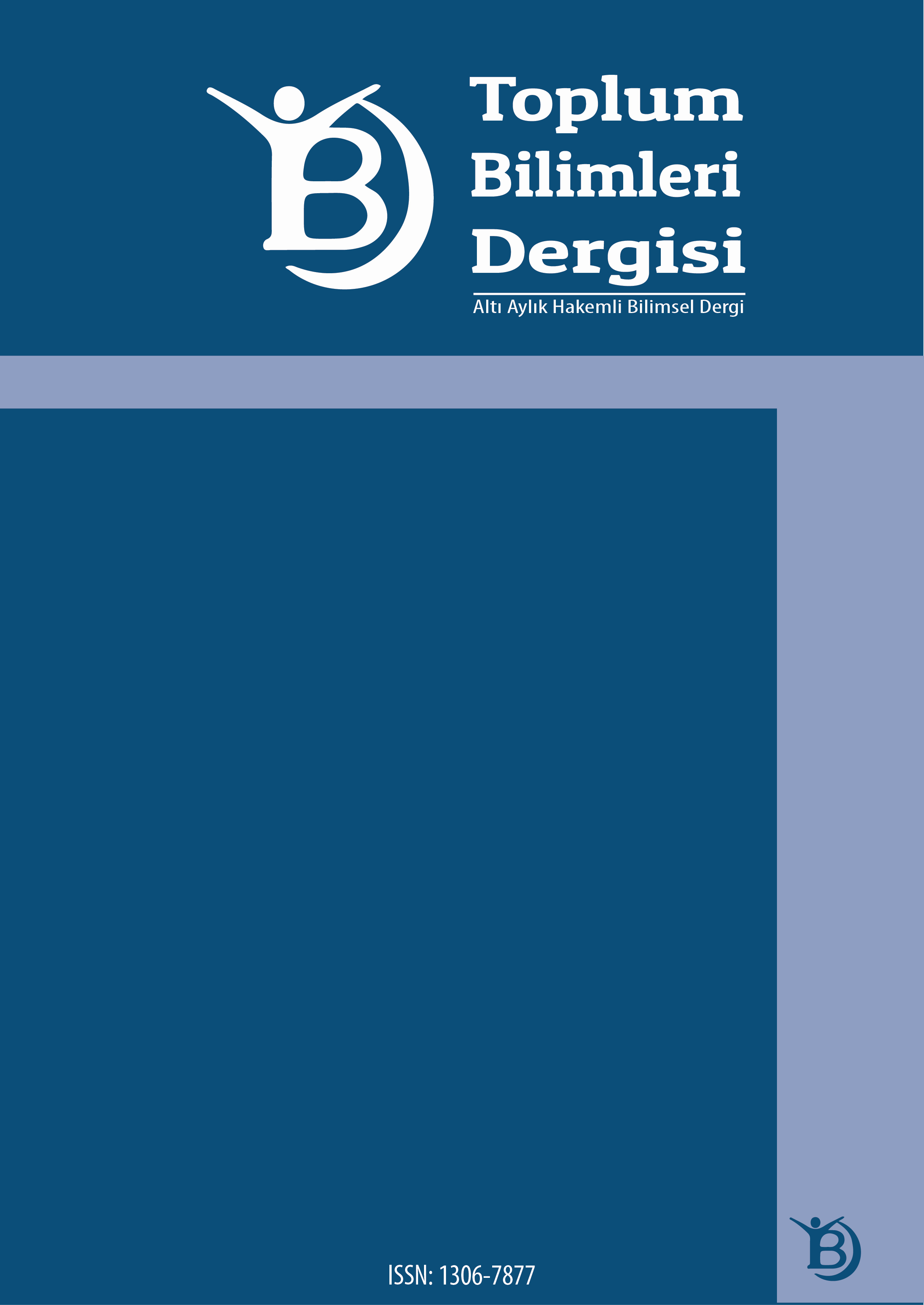ALİ B. İBRAHİM EL-KASTAMÛNÎ’NİN KUDÜS ÜNİVERSİTESİ KÜTÜPHANESİNDEKİ “MÜSECCELÜ’L-İMÂM” ADLI YAZMA ESERİNE DAİR
Author :
Abstract
Bu makale, 21 Eylül-5 Ekim 2019 tarihleri arasında gerçekleştirilen “Kudüs Üniversitesi’ndeki Osmanlı El Yazmaları” başlıklı proje kapsamında ulaştığımız bir el yazması eseri inceleyerek bilim dünyasına kazandırmayı hedeflemektedir. Osmanlı Dönemi’ne ait Müseccelü’l-İmam adlı bu el yazması eserin müellifi Kastamonulu Ali b. İbrahim b. Hızır b. İshak’tır. Filistin Kudüs Üniversitesi Kütüphanesi’nde meçhul görülüp, kataloğa eklenmemiş ve üzerinde herhangi bir çalışma yapılmamıştır. Üniversite kütüphanesinde yapılan incelemeler sırasında eserin kimliği tarafımızdan tanımlanmaya çalışılarak baştan sona tüm sayfaları fotoğraflanmıştır. Tespit edilen bilgiler kütüphane yönetimine bildirilmiştir. Ayrıca Türkiye’ye döndükten sonra eserin vakfedildiği yere geri getirilmesi için gerekli resmî girişimler başlatılmıştır. Bu makale eserin üzerinde yapılmış ilk çalışmadır. Çalışmanın fotoğraflama kısmı ile ilk aşamaları Kudüs Üniversitesi’nde tamamlanmıştır. Kitabın yapısal ve içerik incelemesi ise Türkiye’ye döndükten sonra fotoğraflar üzerinden yapılmıştır. Kitabın içerik incelemesinde bir bölüm kısmen tercüme edilmiştir. Kitap Hanefi fıkhına ait eserler veren Kâdîhan, Tahâvî, Halvânî gibi müelliflerden ve el-Câmiu’-l Kebîr, el-Câmiu’s-Sağîr, el-Hidâye, Mültekat gibi eserlerden istifadeyle hazırlanmış namazı, şartlarını ve hikmetlerini ele alan bir eserdir. Kitabın yazılma gayesi olarak “halkın namaza karşı isteksizliğini” gösteren müellif, namazın hikmetleri ile ilgili kısmı oldukça geniş yazmıştır. Bu bölümde ayet, hadis ve rivayetlere yer vermiştir. Kitap, Sivas Ulu Camii yakınlarındaki bir kütüphaneye vakfedildiği halde günümüzde Kudüs’ün Batı Şeria bölgesindedir.
Keywords
Abstract
This article aims to demonstrate a manuscript book named “Müseccelü’l İmâm” to sciences world. This manuscript is reached with project of “Ottoman Manuscripts at the Al-Quds University” in Library of Al-Quds University. This book belongs to the Ottoman period and the author is Ali b. İbrahim b. Hızır b. İshak al-Kastamûnî. This manuscript has been recorded “unknown” and has not been added to the catalog in Library of Al-Quds University. Therefor it has not been studied never. During the studies carried out in the university library, we tried to identify the identity of the book and photographed all its pages. Identify information was reported to the library administration. Also official works have been started for returned the book toTurkey. This article is the first study about mentioned book. The photographs and the first stages of the study were completed at the Al-Quds University. The structural and content review of the book is made out of photographs after returning to Turkey. A chapter has been partially translated in the content review of the book. The book was prepared with the use of writers such as Kâdîhan, Tahâvî, Halvânî and works such as al-Câmiu’-l Kebîr, al-Câmiu’s-Sağîr, al-Hidâye, and Mültekat. It includes praying, praying conditations and wisdoms. The author's reason for writing the book was “the public's unwillingness to praying.” The part related to the wisdoms of praying was written quite extensive. This part is included verses, hadiths and narrations. Although the book was owned by a library near the Ulu Mosque in Sivas, it is now in the West Bank area of Jerusalem.
Keywords
- Bedir, Murteza. “Nesefî, Ebü’l-Berekât”. Türkiye Diyanet Vakfı İslâm Ansiklopedisi. 32: 567-568. Ankara: TDV Yayınları, 2006.
- Gacek, Adam. Arapça Elyazmaları İçin Rehber. trc. Ali Benli, M. Cüneyt Kaya. İstanbul: Klasik, 2017.
- Güngör, Mevlüt. “Cessâs”. Türkiye Diyanet Vakfı İslâm Ansiklopedisi. 7: 427-428. Ankara: TDV Yayınları, 1993.
- Has, Şükrü Selim. “Halebî”. Türkiye Diyanet Vakfı İslâm Ansiklopedisi. 15: 231-232. Ankara: TDV Yayınları, 1997.
- İltaş, Davut. “Tahâvî”. Türkiye Diyanet Vakfı İslâm Ansiklopedisi. 39: 385-388. Ankara: TDV Yayınları, 2010.
- Özel, Ahmet. Hanefi Fıkıh Âlimleri ve Diğer Mezheplerin Meşhurları. Ankara: TDV Yayınları, 2017.
- Özel, Ahmet. “Kâdîhan”. Türkiye Diyanet Vakfı İslâm Ansiklopedisi. 24: 121-123. Ankara: TDV Yayınları, 2001.
- Taş, Aydın. “Şeybânî, Muhammed b. Hasan”. Türkiye Diyanet Vakfı İslâm Ansiklopedisi. 39: 38-42. Ankara: TDV Yayınları, 2010.





